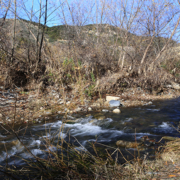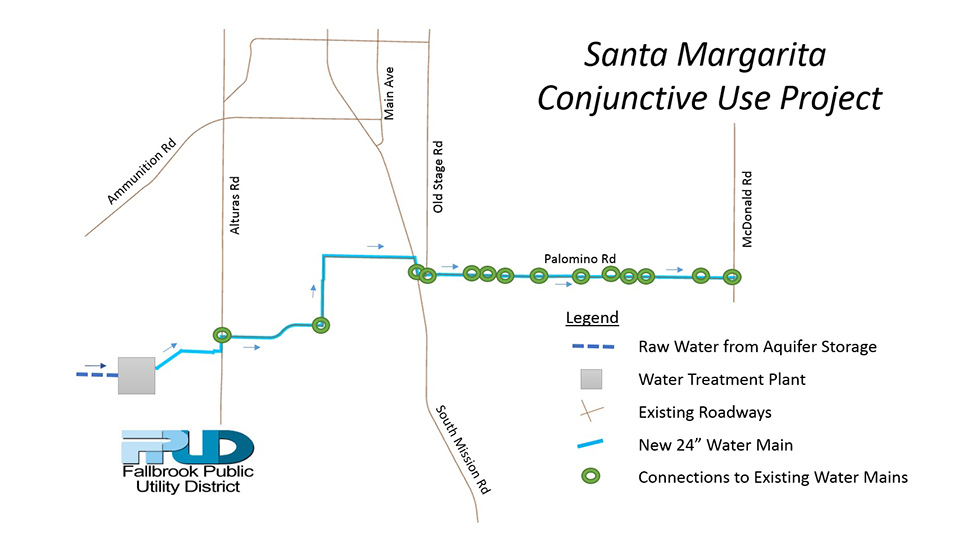The U.S. EPA today released a draft plan to advance water reuse nationally at the WateReuse Association Symposium in San Diego.
The National Water Reuse Action Plan identifies 46 proposed actions organized around 10 strategic objectives, including leadership and collaboration, to support the implementation of water reuse.
“Forty states anticipate experiencing fresh water shortages in certain regions within their borders over the next decade,” said David Ross, EPA’s assistant administrator for water. “Diversifying our nation’s water portfolio must be a nationwide priority, and water reuse has the potential to ensure the viability of our water economy for generations to come.”
The draft plan incorporates federal, state, tribal and local water perspectives and highlights key actions that support consideration and implementation of water reuse.
The San Diego County Water Authority and its 24 member agencies have worked for decades to increase the region’s water supply reliability through supply diversification, and the Water Authority collaborated with its member agencies to submit comments to the EPA before the draft was released.
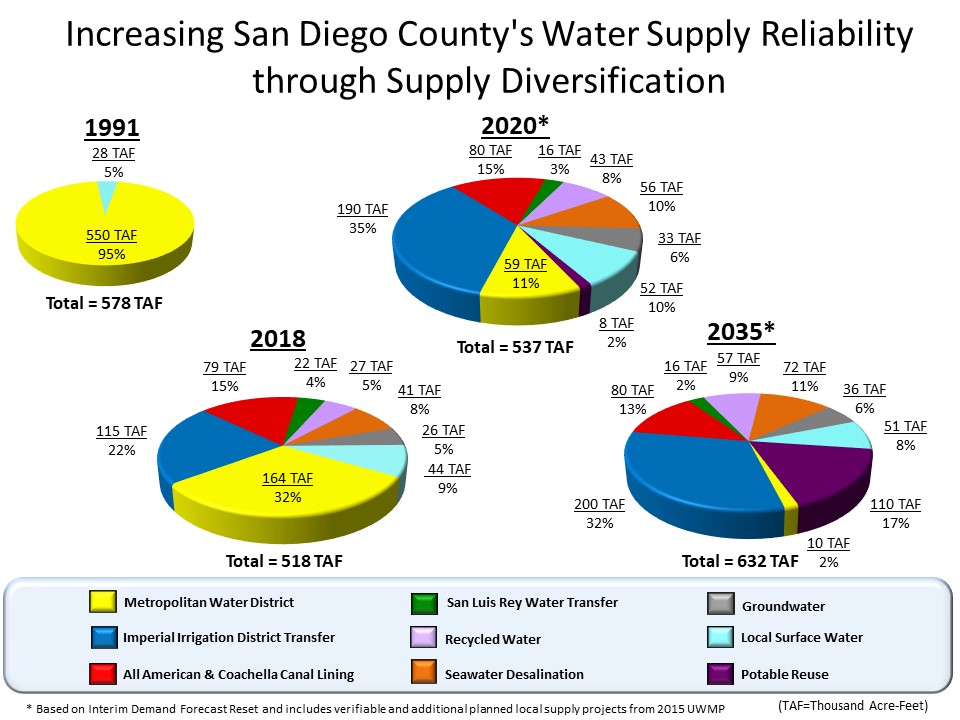
Recycled water and potable reuse are forecast to make up more than one-quarter of San Diego County’s water supply by 2035. Graphic: San Diego County Water Authority
National Water Reuse Action Plan a ‘game changer’
The draft plan will be open for public comment for 90 days following its publication to the Federal Register. During that period, EPA will solicit feedback about how to prioritize and implement the proposed actions.
EPA’s goal is to issue a final plan that will include clear commitments and milestones for actions that will further water reuse to bolster the sustainability, security and resilience of the nation’s water resources, according to the agency.
“The National Water Reuse Action Plan will be a game changer,” said Patricia Sinicropi, executive director of the WateReuse Association. “Communities across the country are incorporating water reuse into their water management strategies as a proven method for ensuring a safe, reliable, locally controlled water supply – essential for livable communities, healthy environments, robust economies and a high quality of life.”
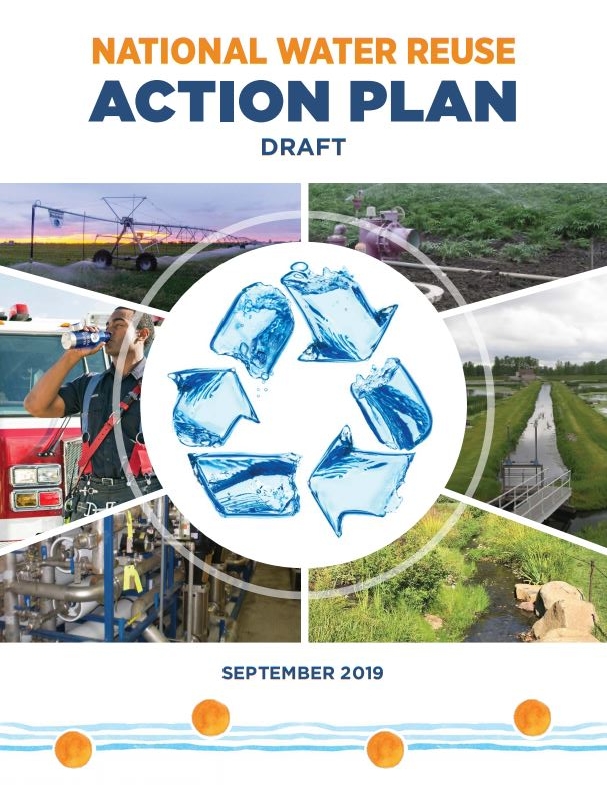
The U.S. EPA released a draft National Water Reuse Action Plan on September 10, 2019 in San Diego. Graphic: EPA
San Diego County agencies developing water reuse and recycling
In San Diego County, several agencies are developing or expanding water recycling plans, including the City of San Diego, Padre Dam Municipal Water District, Helix Water District, the City of Oceanside, and several additional projects in North County.
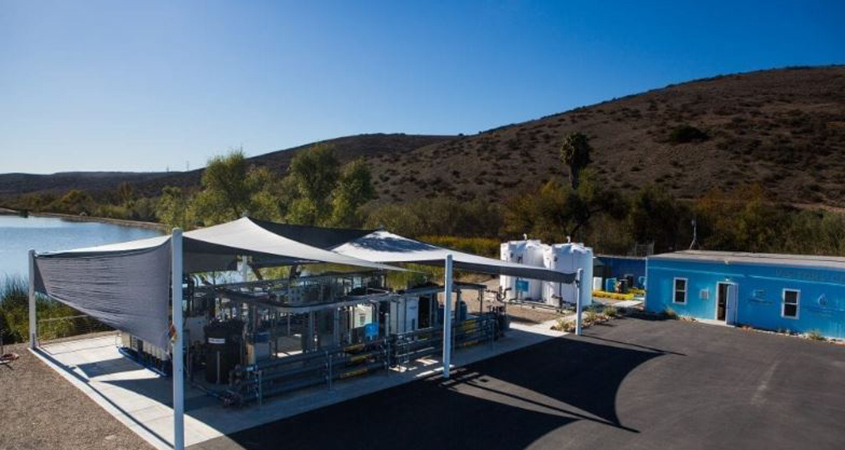
Padre Dam’s demonstration project is evaluating the feasibility of the East County Advanced Water Purification Program. Since March 2015, the pilot program has produced approximately 100,000 gallons of purified water each day. Photo: Padre Dam MWD
“California is widely recognized as a national and world leader in water recycling,” according to the California WateReuse Action Plan, released in July 2019. “Recycled water supplies offset approximately 9% of the state’s urban water demands and agricultural reuse provides reliable water supplies for farmers throughout the state.”
In July, the Water Authority Board endorsed Governor Gavin Newsom’s Executive Order N-10-19, directing development of a water resilience portfolio approach that meets the needs of California through the 21st century.
On July 18, state officials toured San Diego County water infrastructure to see the region’s successful water portfolio approach for supply diversification, as they work to create the statewide water resilience portfolio.
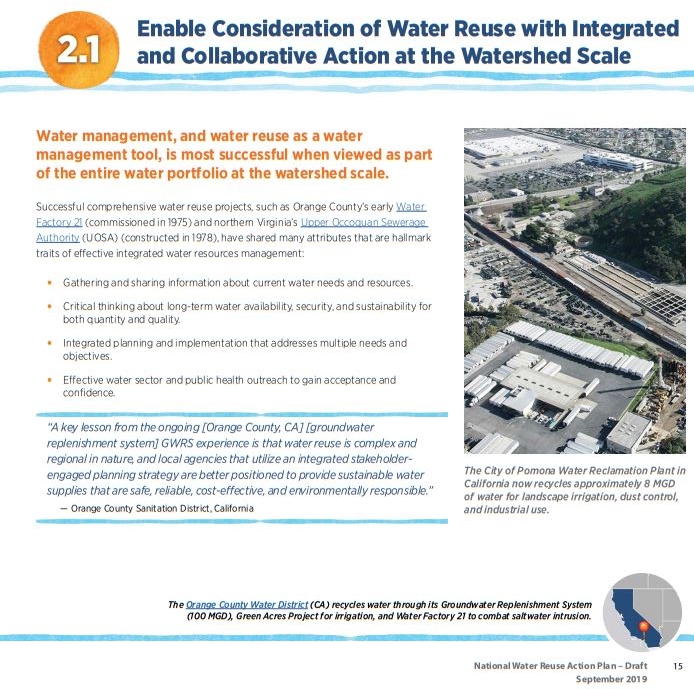
The EPA Draft National Water Reuse Action Plan cites examples from California water agencies. Graphic: EPA
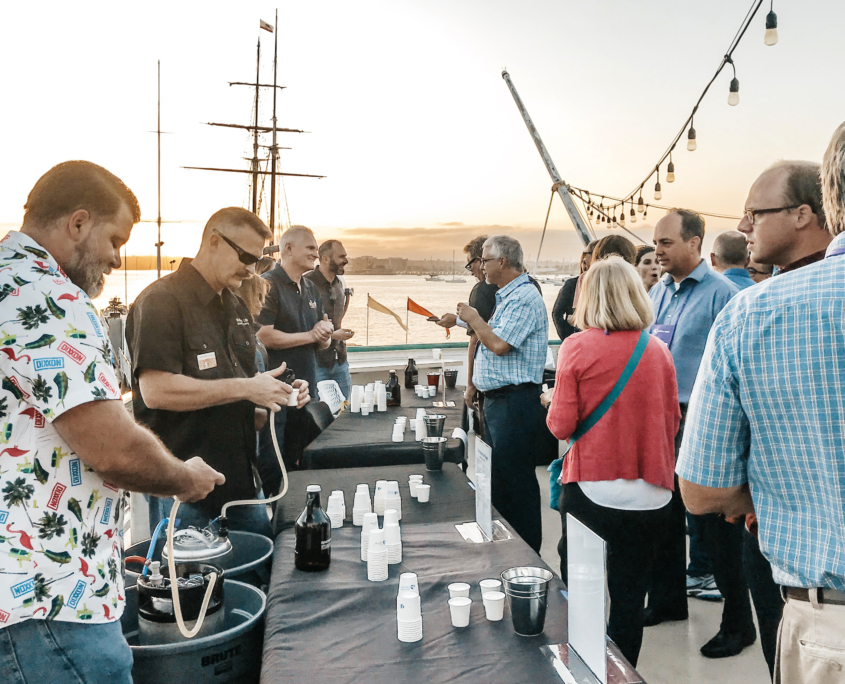








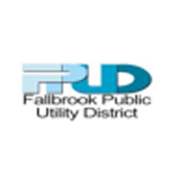
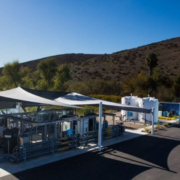
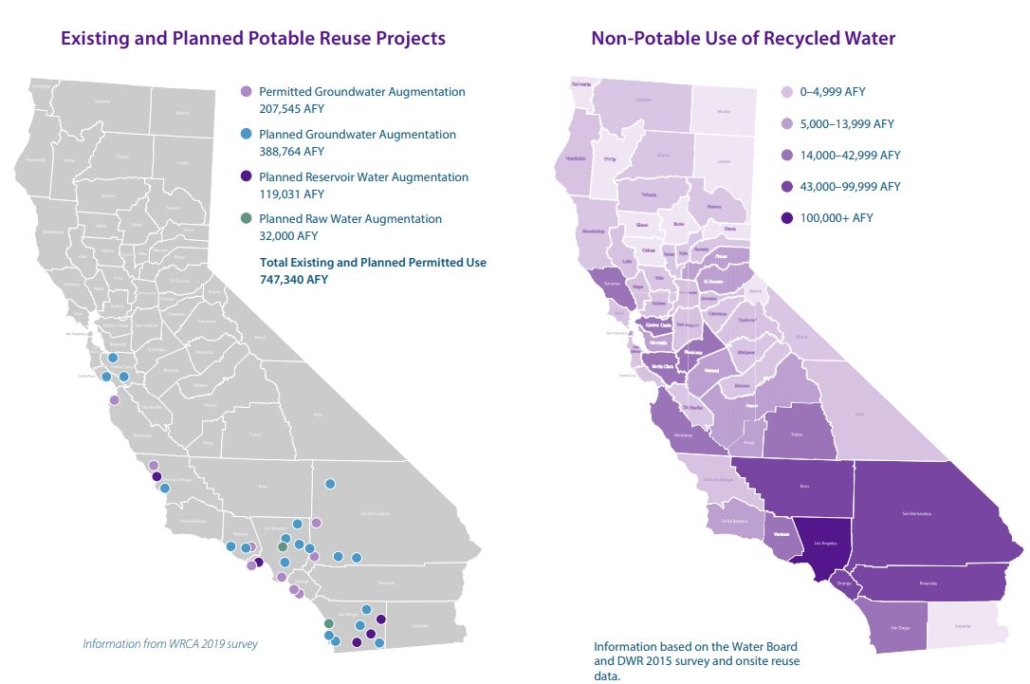

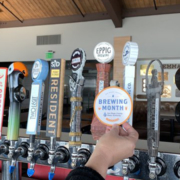
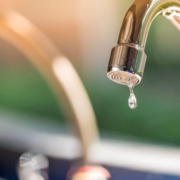
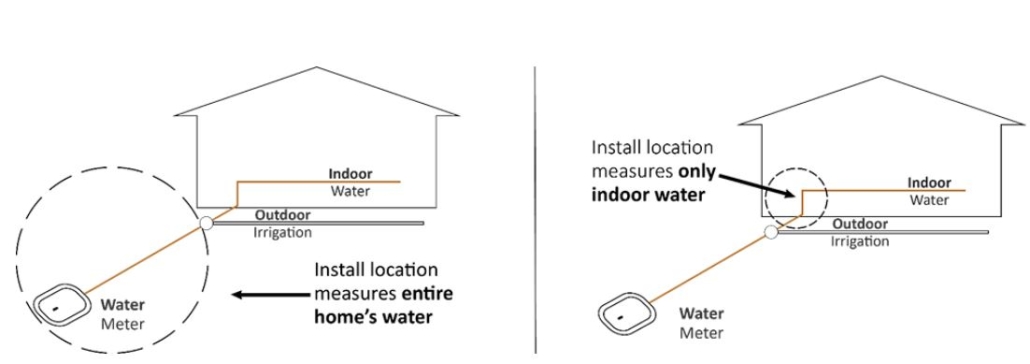
 Sweetwater Authority Logo 2019
Sweetwater Authority Logo 2019